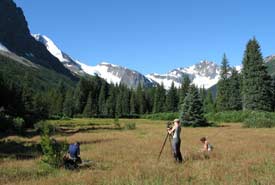How to take "likeable" photos that inspire conservation
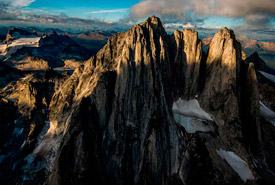
West aspect of the Howser Towers. Bugaboo Group in the Purcell Mountain Range, BC (Photo by Neil Ever Osborne)
Neil Ever Osborne is a conservation photographer and filmmaker specializing in visual storytelling. He’s a photographer-in-residence for Canadian Geographic, a Nikon Ambassador and a Fellow of the International League of Conservation Photographers.
"Conservation photography is about getting your images in front of the right people,” says Neil. “Show the right video or picture to the right person, and you can change hearts and minds. Photography may not be responsible for the change, but it is the catalyst — it gets the dialogue started about making change.”
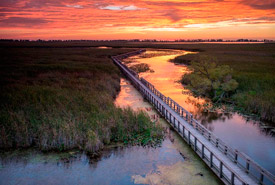
Point Pelee National Park, Essex County in southwestern Ontario, where it extends into Lake Erie. (Photo by Neil Ever Osborne)
Neil has used his work to build alliances and start conversations with various organizations interested in reducing their ecological footprint.
His dedication to producing images that can change a person’s mind on conservation also inspires his social media followers. Images on his Instagram feed routinely document the link between people and planet, and below, he shares some tips for amateur photographers who want to take similarly inspiring images.
What sort of planning do amateur photographers need to do when taking photographs in conservation areas?
NEO: The first thing I suggest people do before they enter a pristine area or protected space is to consult with the powers that be to find out what the rules are in that area. This may be an ecologist, biologist or conservation/park staff. Get to know who these people are and have an in-person conversation with them. This is far better than just following the rules on the official website because you’ll get tips on where to go for the best photographs, as well as learn about any specific rules you have to follow. You also want to leave no trace and pack everything out that you take in.
Any tips on taking a good nature photo with a smartphone?
NEO: Try to keep it simple and be patient. You can create the most powerful imagery with three things: composition, light and a decisive moment. The moment could be a smile, a gesture or a specific action that an animal takes. The first 10 shots may not work, but the gesture in the 11th shot brings it to another level.
Patience is very important. You have to wait for a scene to unfold, and sometimes this means staying in one place for a while. When we go out into the field, our goal is to make one amazing image a day. If we get that, we go home happy.
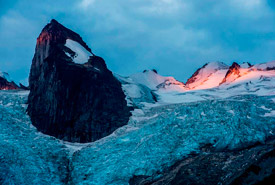
First light hitting the Pigeon Feathers. Houndstooth Peak is the prominent peak coming out of Bugaboo Glacier. Bugaboo Group in the Purcell Mountain Range, BC (Photo by Neil Ever Osborne)
What else can photographers do to take better photos?
NEO: Get closer to the subject. Try to find the perspective you haven’t seen before. Try to take 10 images without moving, and make those images as different as possible. This makes you change your perspective and think outside the box.
Any tips for photographing wildlife?
NEO: When you are photographing wildlife, pay attention to the animal’s behaviour and attitude. You may be able to get closer to it, or you may need to step away, depending on the animal’s behaviour, but always remain within a safe and respectful distance. You’ll have a better experience when you pay attention to the animal's needs.
What tips do you have for social media use in general?
NEO: Social media is a platform to start a conversation. Each channel is a visual palette and an opportunity to have more intimate conversations with your followers and the people you follow.
I try to be consistent and authentic with my brand and voice across different platforms, and my advice would be to ask yourself what your authentic voice is and to use it everywhere.
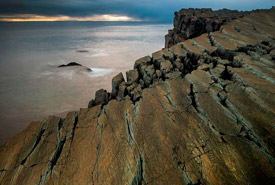
Fractofusus misrai on main "D" Surface. Mistaken Point Ecological Reserve, NL (Photo by Neil Ever Osborne)
Instagram is the most visual platform to share artwork. People who do well on Instagram are those who have curated a lovely body of consistent work so that their followers know what they are going to expect when they look at their feed.
Have you noticed any trends in which of your photos get “liked” the most on social media?
NEO: I could spend all day trying to make an amazing image, but if I post behind-the-scenes images documenting myself and my team, those get shared almost as much as the iconic image. The behind-the-scenes images juxtaposed with the main images become part of the storytelling about the adventure of making the photograph.
Anything else you want to add about conservation photography?
NEO: When I’m in a place that should be protected or that is protected, the experience is more special. We shouldn’t turn people away from protected areas, but we do have to manage the area in an ecologically sound way and introduce infrastructure so that people can visit without disturbing the area. When you are physically in a landscape, when you truly experience a wild place, you connect with it more deeply. If my images are getting people into wild places, then they are going to work.
This post originally appeared on the Nature Conservancy of Canada's Places Worth Protecting microsite and was produced with the support of Randall Anthony Communications Inc.

